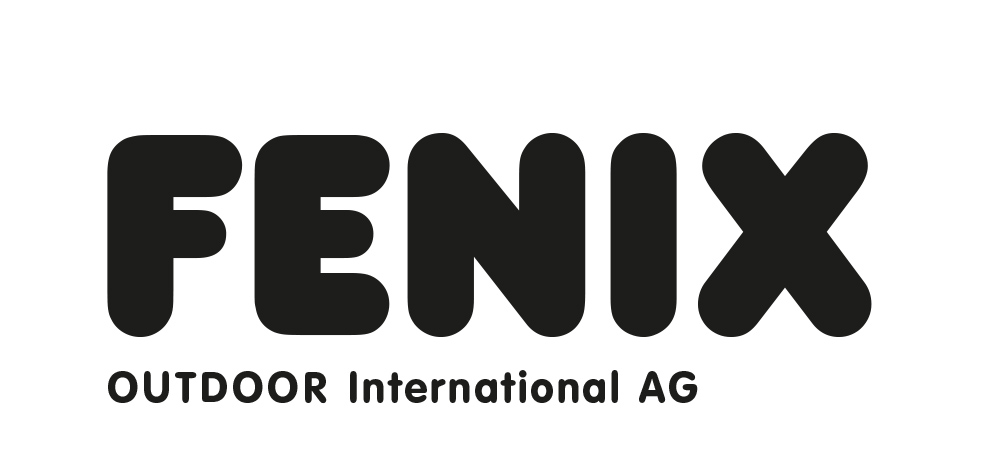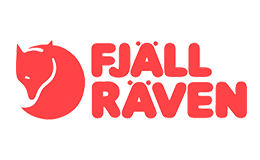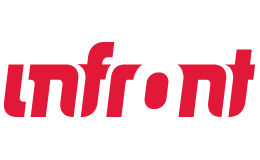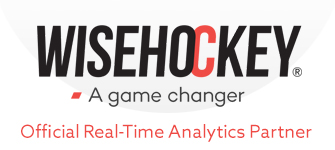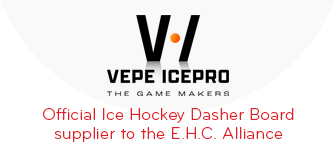Professional Women's Seminar an inspiring call to action
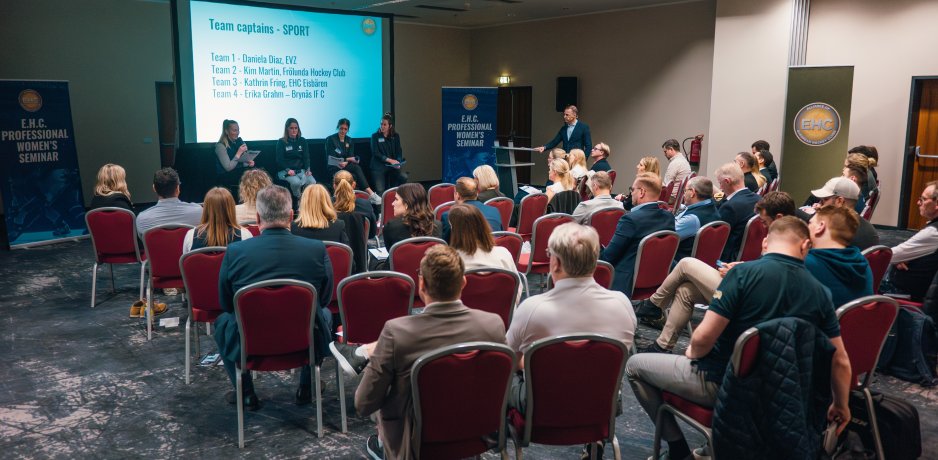
It’s funny how much you can accomplish in just seven hours if you really put your mind to it. The fifty representatives of European clubs and federations, as well as representatives from Hockey Canada, the IIHF and the PWHL covered a lot of ground in a day as they gathered to the EHC Alliance Professional Womens Seminar in Prague.
The purpose of the seminar was straight-forward. The only way for the women’s game to take meaningful strides forward, especially in Europe, is for all the actors to come together, learn from one another, and share their own success stories so that they can be repeated elsewhere.
And there is a lot to learn. At one end of the spectrum, there’s the PWHL, a professional league, and at the other, there are European nations who don’t even have a women’s league. And everything in between.
But, at the same time, there’s hope in the air. Women’s professional sports is a boom industry, said Dominik Schreyer, Apl. Professor of Sports Economics & Director, WHU - Otto Beisheim School of Management & Center for Sports and Management (CSM), the day’s first speaker.
“When the conditions are good, there is demand. Women’s pro sports are booming, and all the content and ad agencies love it,” he said. According to a WHU Delphi study, fan reach and sponsorship revenue in women’s football in Germany could triple by 2031.
And then came the cold shower.
“However, they’re still trailing the men’s third league. Arsenal playing in the Emirates stadiums is an outlier,” Schreyer said before plotting a path for future growth.
It includes finding the right distribution channels, scaling up with partners, and…
“Dare,” he said. “You must innovate. If you want to sell your product, you must be unique, different. Innovate in marketing so you won’t lose out with the next generation that cares about highlights, and follows stars, not teams.”
On the other hand, according to Markus Nilsson, deputy CEO of the Hammarby Football Club, their women’s soccer team accounted for 52 percent of the club’s total media reach.
The interest is there. But how to tap it?
That is the Holy Grail of women’s hockey, and the reality looks very different even in strong hockey nations’ domestic leagues. The Swedish SDHL boasts with a 1.6 million revenue while in Finland, most players not only don’t get paid, but instead, pay to play. A new brand, Auroraliiga, is the first step toward a more professional league. The Swiss leagues has also taken steps in the last few years, and have encouraged their pro men’s teams to start women's teams by letting them begin in the second-tier league straight away.
All three league executives, Angelica Lindeberg from the SDHL, Henni Laaksonen from the Auroraliiga, and Paolo Angeloni from the PostFinance Women’s League supported creating a European competition, at least down the road. When there are more strong teams and when participating in a tournament like that would be economically viable.
But the purpose of the seminar was to bring all the major players together, and kickstart a dialogue across clubs, leagues and federations, and it certainly achieved its goal during the workshops in which the participants broke into smaller groups to create a vision for 2035. Half the group looked at the commercial side, the other half focused on the game on the ice.
One point of discussion was the relationship with a club’s men’s teams. On the one hand, support from the entire organization is key to get things going, as has been evident in, for example, in Lulea that’s won six Swedish titles in the last eight years, and Frölunda, the reigning SDHL champion.
On the other hand, the women’s teams fan base is mot likely not identical with the men’s team. Would, for example, different uniforms attract new fans? Where to get coaches? What’s the right number of import players? Should body checking be allowed? How to get players in the game after 30?
Not all questions were answered – they never are – but new lines of communications got opened.
“The key now,” said Marin Hickox, Hockey Canada's vice president of women and girls' hockey, “is to stay connected, share and learn.”
The work continues.
Photo: Ondřej Kubík
